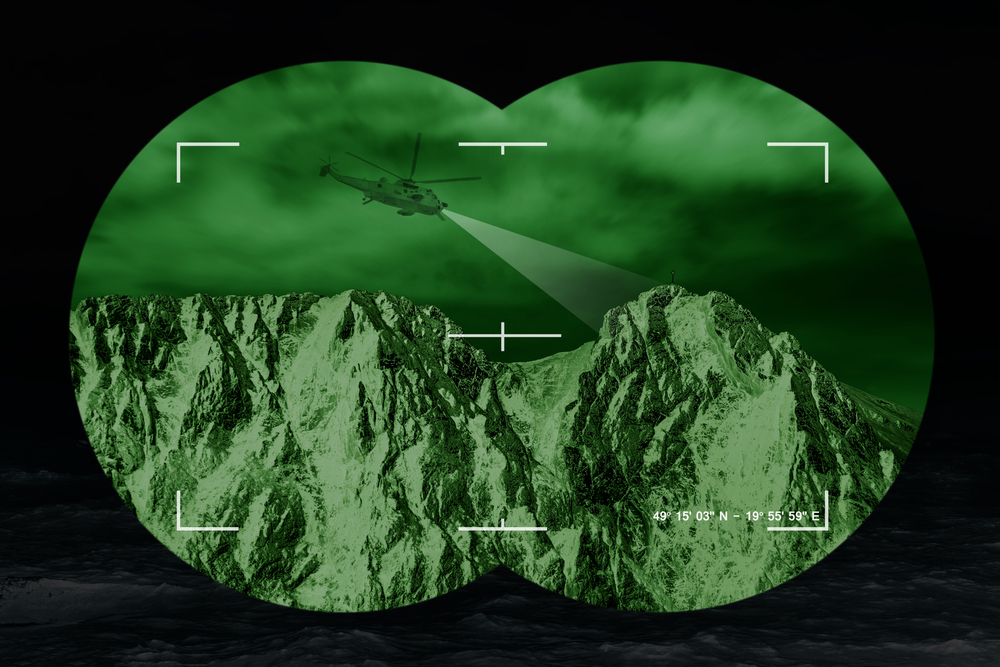
Researchers at the University of California, Irvine are using machine learning in an attempt to transform night vision from its current monochromatic black-and-green to actual colors. Color night vision would be of benefit to the military, as well as medical technologies and healthcare.
Night vision relies on infrared to create the images we see on a display, or will detect and amplify visible light instead of infrared. But, relying on visible light can harm sensitive tissues, such as the eye and some types of delicate biological samples.
Dr. Andrew Browne, an ophthalmologist and biomedical engineer at UC Irvine, and his team have been working to train neural networks – computer programs that function like artificial brains – by showing them a dataset of hundreds of printed pictures to provide information about different colors.
“The way neural networks are trained is just like if I gave you 100 pictures of a person’s face and I circle the nose in every single one of those pictures, then the neural network would learn to recognize labeled objects,” Browne explained. “What we did with [our] neural network is we gave it hundreds of pictures containing data on the visible and infrared spectrum.”
The team has shown significant success when testing the neural networks “knowledge” by having them reconstruct the color of images taken by a night vision camera.
“There is some variability because you can put them side-by-side and see some differences here and there,” said Browne. “…they’re basically indistinguishable like you wouldn’t even know you were looking at a predicted image.”
The study’s results were recently published in the academic journal, PLOS ONE.
